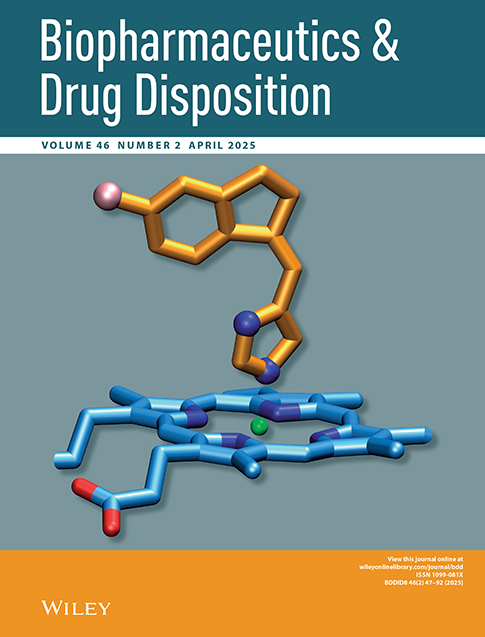Kinetics of cocaine in humans after intravenous and intranasal administration
Abstract
Cocaine kinetics were studied in four subjects after intravenous and intranasal administration. For intravenous administration cocaine hydrochloride (32 mg) dissolved in physiological saline was injected in 1 ml volume over a 1 min period. Intranasal cocaine was administered as 100mg powder consisting of an appropriate dose of cocaine hydrochloride (64 and 96 mg) mixed with lactose powder. Subjects were instructed to inhale the mixture through a 5 cm straw within 1 min. Cocaine kinetics, after intravenous injection, conform to a one-compartment open model with first-order elimination. After intranasal administration, cocaine kinetics conform to a one-compartment model with first-order absorpton and first-order elimination. The mean half-life of cocaine for intravenous injection in four subjects was 41·4±8·2 min (mean ± S.E.M.) and the range was 19 to 64min. There were statistically significant differences in the mean area under the concentration-time curve (AUC) following intravenous and intranasal administration. The AUC was dose-dependent and the fraction of the dose absorbed after 64mg intranasal cocaine was significantly lower than after 96 mg dose (p < 0·05).




